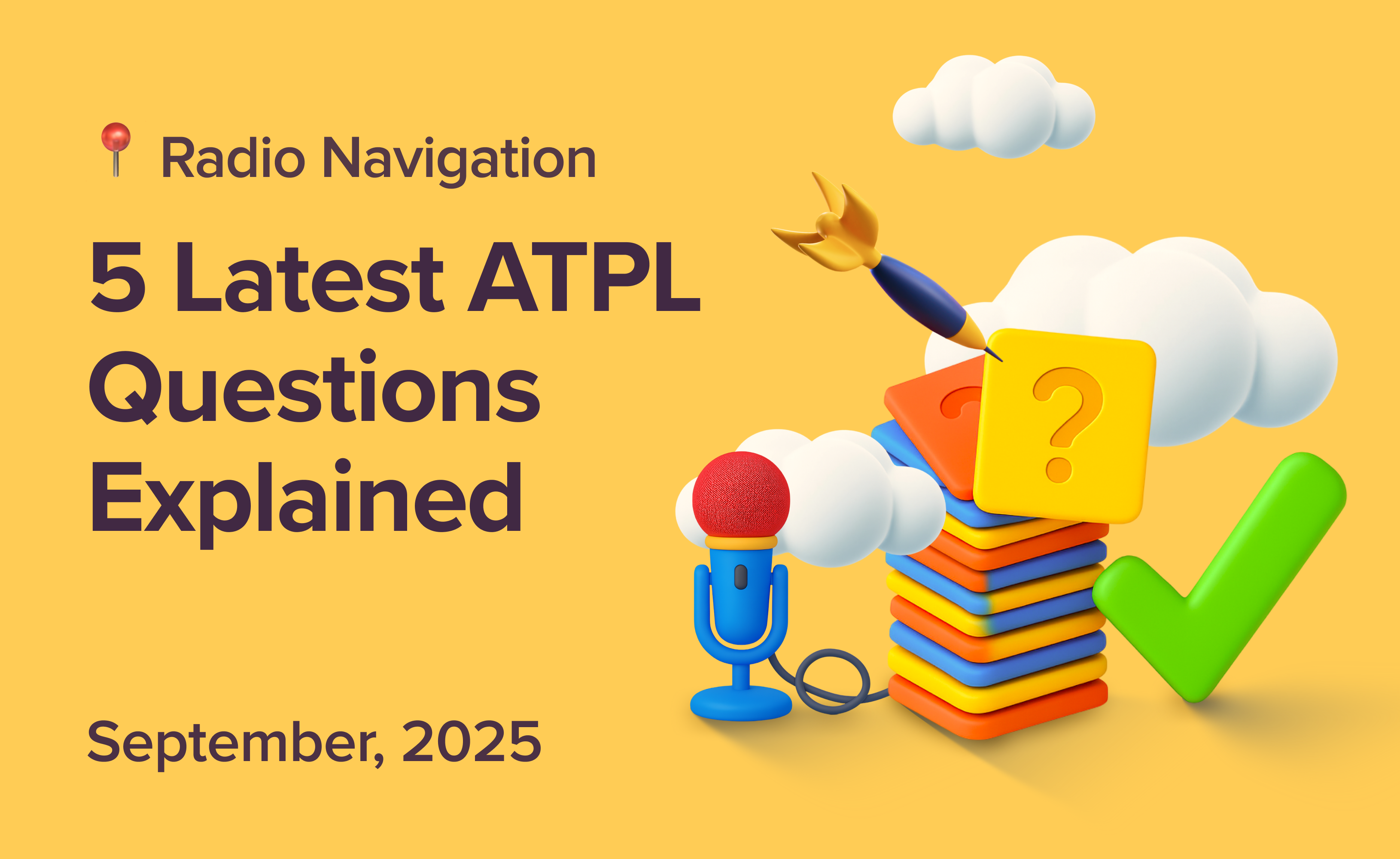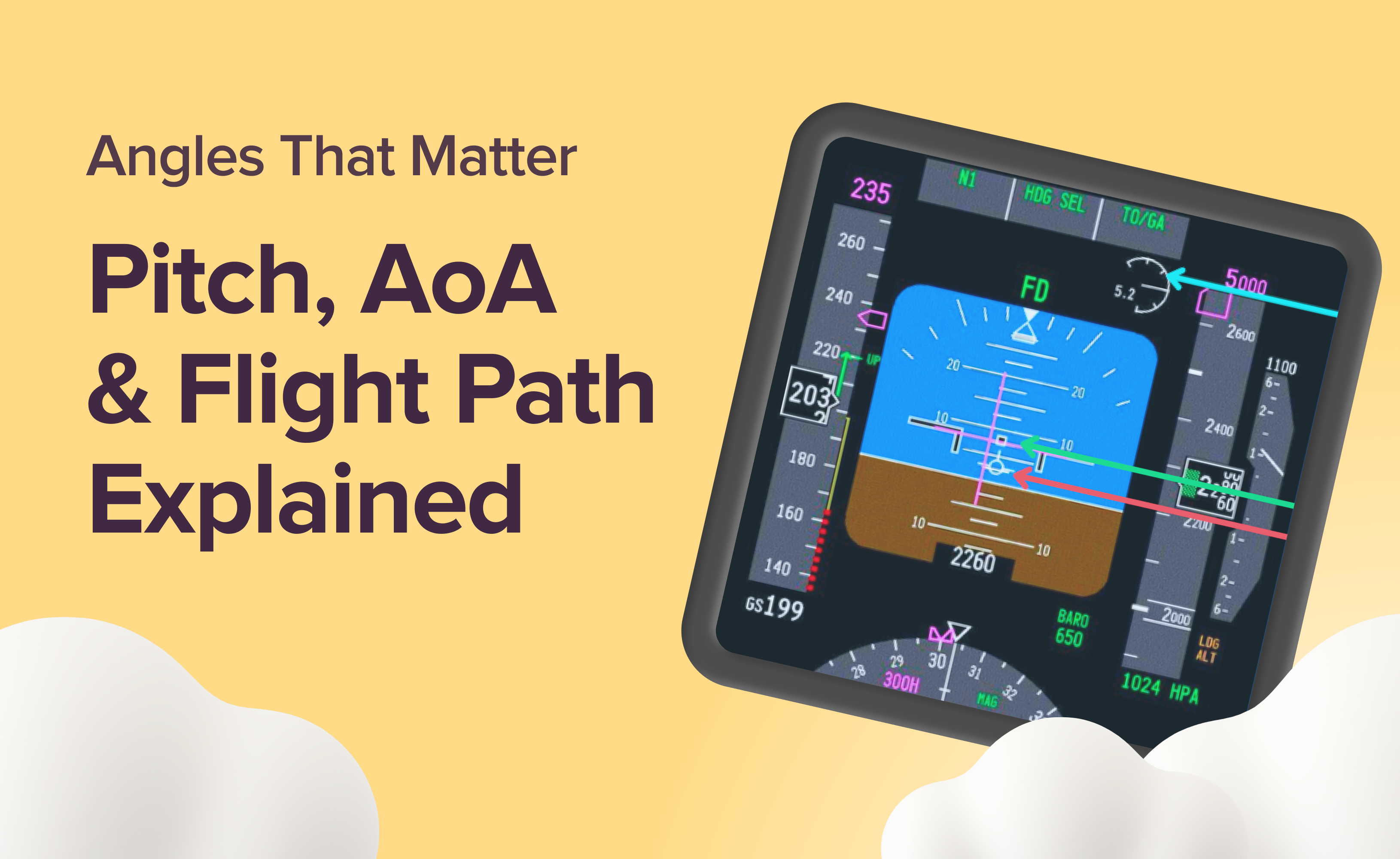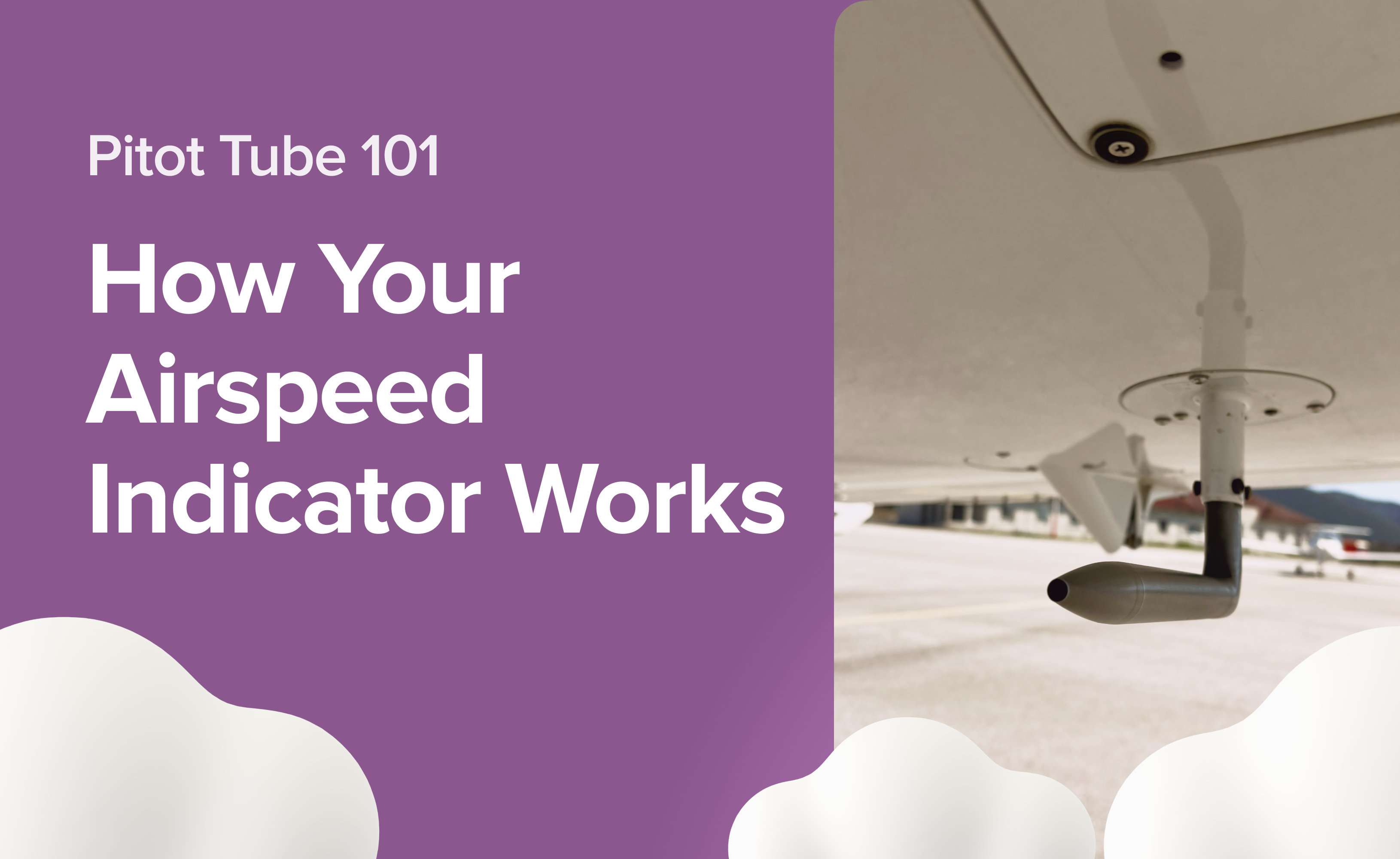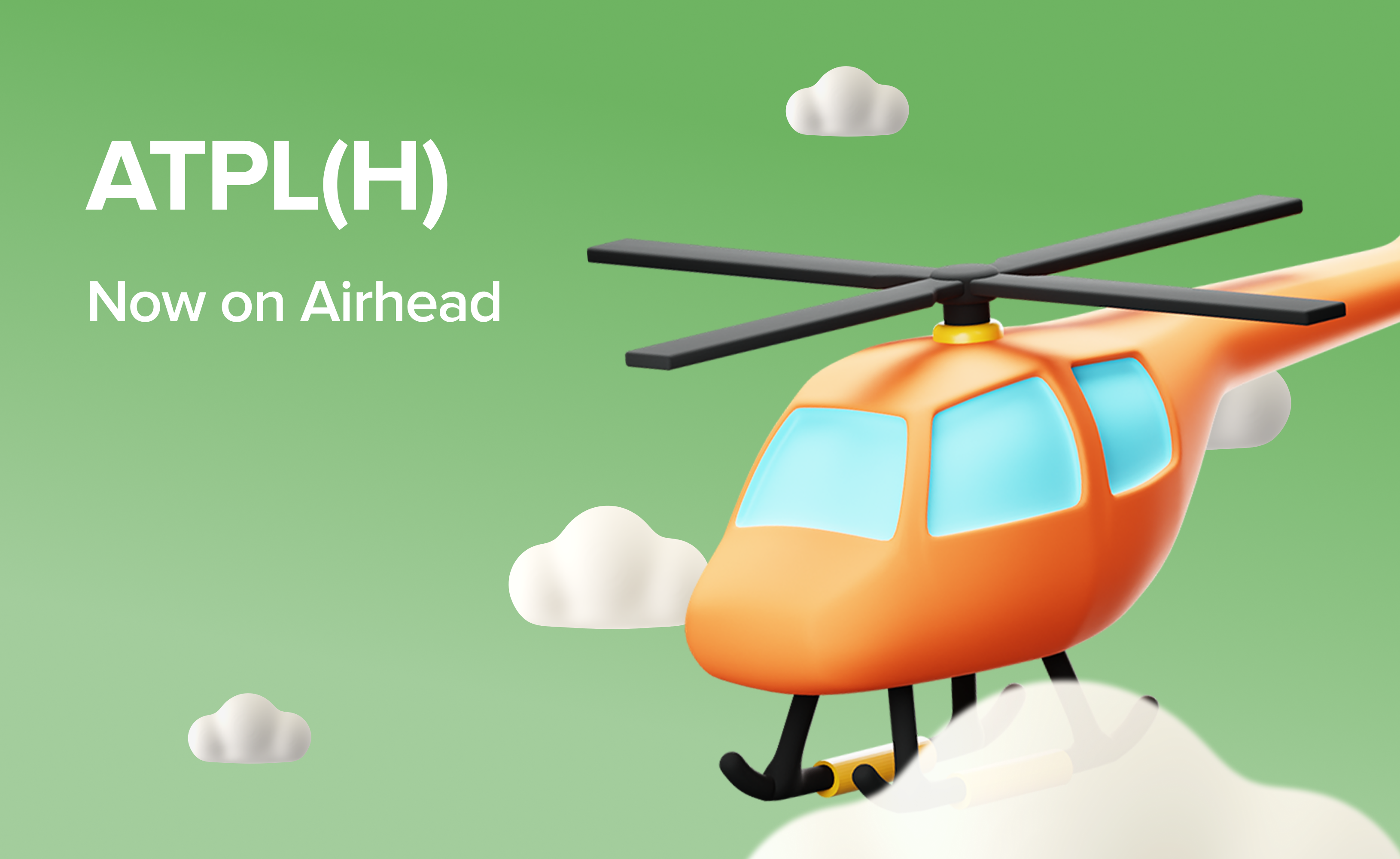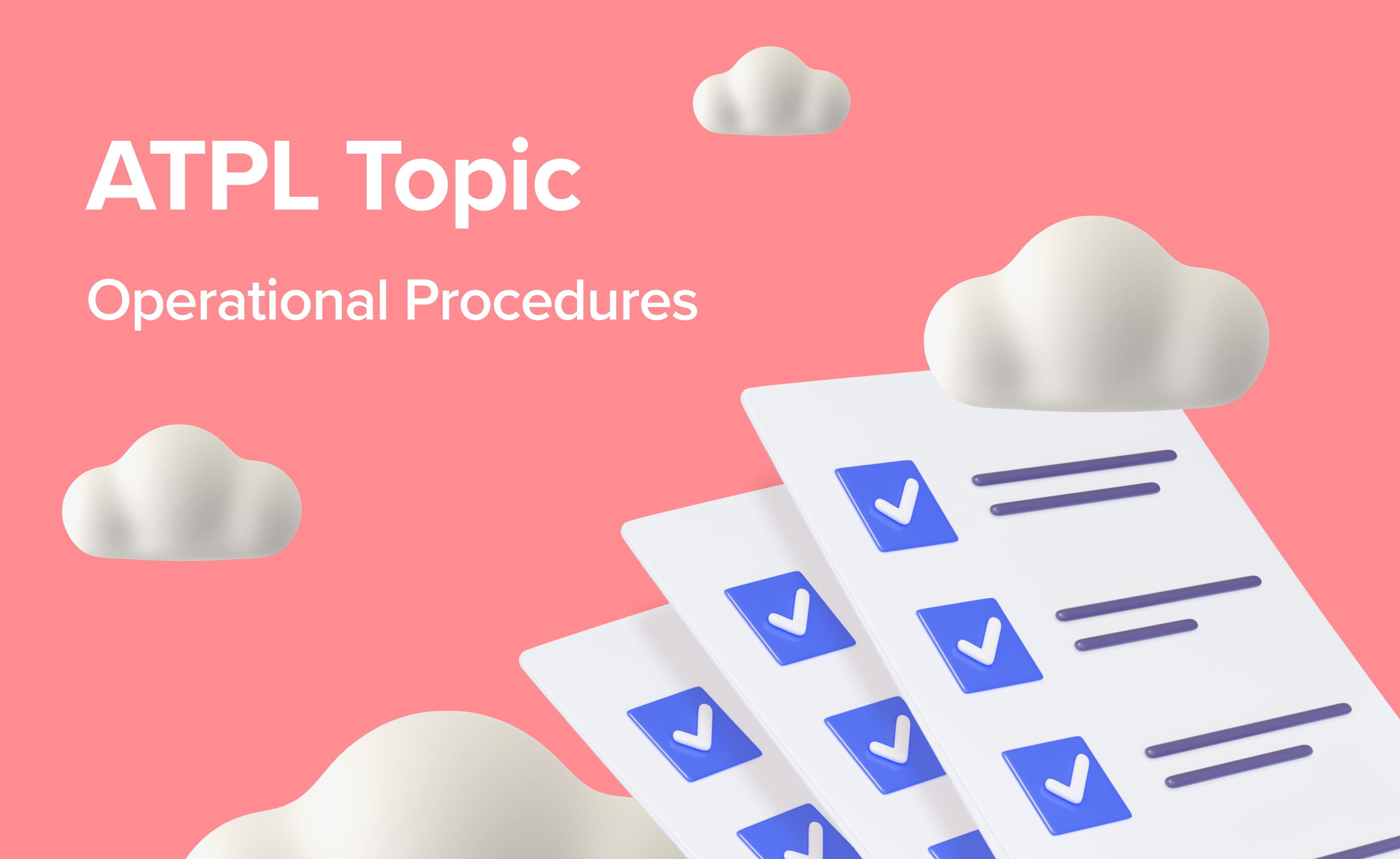Communications: 6 Latest ATPL Questions Explained

Welcome back to our ATPL walkthrough series. In this post, we’re reviewing six of the most recent Communications questions seen in real EASA exams across multiple authorities in the past 30 days. Each one comes with a step-by-step explanation so you can strengthen your knowledge and feel more confident for your exams.
The ATPL Communication subject covers all the essentials related to routine communication with air traffic control. General operating procedures, distress and urgency procedures, relevant weather information, general concepts — all of these will be tested here. Explore key subtopics & core concepts of Communications Syllabus here. Candidates who already hold a PPL will be familiar with much of the content but do not disregard this subject, you still need to go through the bank and read the questions carefully as you would on any other subject.
Prefer to watch instead of read? You can also follow along with the video version of this walkthrough for a more interactive experience. Let’s get started.
Subscribe to the AirheadATPL YouTube channel and hit the notification bell for weekly ATPL revision videos. Each video helps you tackle the latest challenging questions from all 13 ATPL subjects, straight from recent EASA ATPL exams.
Question 1: Urgency Message Structure
Question ID AIR-254600: An urgency message shall be preceded by the signal PAN PAN. It shall also contain as many of the following items as required. According to ICAO Annex 10, what is the ideal order for reporting these items?
Aircraft identification.
Intention of the PIC.
Name of the station addressed.
Nature of the urgency condition.
Present position level and heading.
Correct Answer: 3 – 1 – 4 – 2 – 5
Correct Order: Station addressed. Aircraft identification. Reason (nature of urgency/distress). Intention. Position
Explanation: Urgency messages “PAN PAN” and distress messages “MAYDAY” must follow a standardised format. The order is crucial, and once memorised, it becomes second nature. You always start by saying the name of the station you're addressing, followed by your aircraft's name or registration. To remember the rest, just use the simple mnemonic: RIP (Rest in Peace).
The mnemonic: RIP
R – Reason: what has happened
I – Intention: what you plan to do
P – Position: where you are
Example Transmission: “Heathrow Tower, Sierra X-Ray Alpha Bravo Charlie, engine failure, intention to land on the nearest runway, requesting vectors, currently at 2,000 ft, 2 DME north of the station.”
Question 2: Communicating at Uncontrolled Stations
Question ID AIR-253624: What is the call sign used to communicate in an uncontrolled station that does not have AFIS?
Tower
Information
Radio
Traffic
Correct Answer: Radio
Explanation: In uncontrolled aerodromes without AFIS (Aerodrome Flight Information Service), pilots and other users communicate via a radio frequency. The term 'Radio' refers to the general communication and information exchange that happens on the radio frequency used at the aerodrome.
ICAO Annex 10, Volume II
5.2.1.7.1.2 The unit or service shall be identified in accordance with the table below, except that the name of the location or the unit/service may be omitted provided satisfactory communication has been established.
Unit/service available | Call sign suffix |
area control centre (without radar) | CONTROL |
approach control (arrival and departure control service without radar) | APPROACH |
approach control radar arrivals | ARRIVAL |
approach control radar departures | DEPARTURE |
aerodrome control (responsible for take-off, landing, and aircraft in the CTR) | TOWER |
surface movement control (responsible for all movements on the airport except the apron) | GROUND |
radar, in general (enroute services) | RADAR |
precision approach radar (guidance on final using specialized radar antennas) | PRECISION |
direction-finding station | HOMER |
flight information service | INFORMATION |
clearance delivery (transmission of enroute clearances) | DELIVERY |
apron control (aircraft guidance on the apron by the airport operator) | APRON |
company dispatch (transmission of flight regularity messages of aircraft operating agencies) | DISPATCH |
aeronautical station | RADIO |
Question 3: VHF Propagation and Allocation of Frequencies
Question ID AIR-253967: Which frequency band is used for radio communications and for the Instrument Landing System (ILS)?
VHF VHF
VHF HF
HF HF
HF VHF
Correct Answer: VHF VHF
Explanation: Both radio communications and the ILS localiser operate in the VHF (Very High Frequency) band. However, there are important details to understand:
Radio communications → normally VHF (118–136 MHz).
ILS localiser → also in VHF.
ILS glide slope → operates in UHF (Ultra High Frequency) but is automatically paired with the localiser VHF frequency. The pilot only tunes the VHF frequency; the glide slope frequency is set automatically.
Frequency separation: Odd decimals are reserved for ILS. Even decimals are reserved for VOR.
Example: VOR frequency: 108.8 MHz. ILS frequency: 108.7 MHz
Question 4: Zulu Time
Question ID AIR-253739: It is 21:20 local time (09:20 PM) in a time zone with UTC+2. How would ATC correctly give you the time?
19.20
23.20
09.20 PM
21.20
Correct Answer: UTC: 19:20
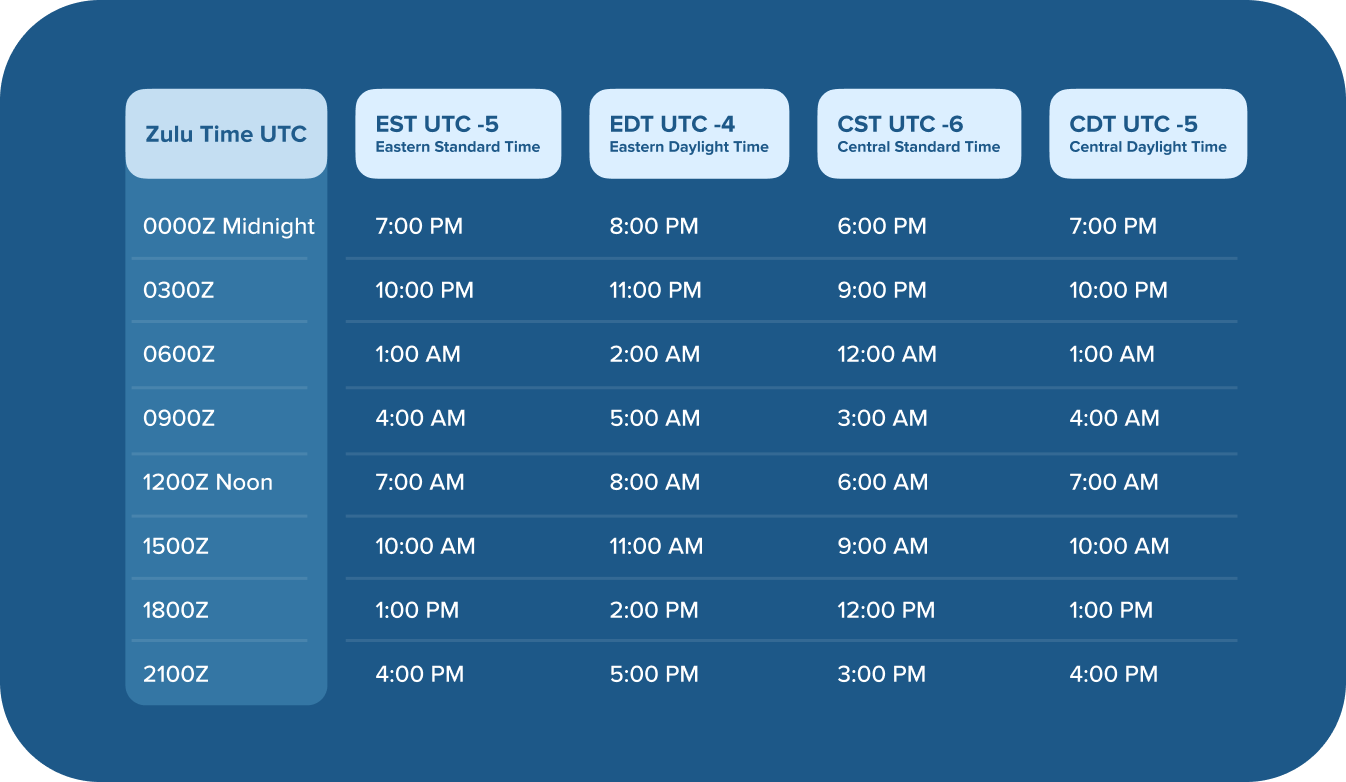
Explanation: In aviation, time is always expressed in UTC (Universal Coordinated Time), also called Zulu time (Z). This standardisation prevents misunderstandings, which in the past have led to major incidents. For instance, Amelia Earhart’s final flight involved timing and communication problems, partly due to confusion between local time and UTC.
Worked Example
Local time: 21:20 (UTC+2)
Convert to UTC: subtract 2 hours → 19:20 UTC
Transmission Rules: Normally, only the minutes are transmitted: e.g., “44” means 19:44 UTC. If there’s a risk of confusion, the full four digits are used: “1944.” If crossing into the next hour, state the new hour explicitly: e.g., “2015” for 20:15 UTC.
Refresh your knowledge of Zulu time and master this essential concept for seamless global operations in our blog, “Clock That Never Changes”.
Question 5: PAPI
Question ID AIR-254315: What does the abbreviation PAPI mean?
Planned Aircraft Personnel Instructions
Perform Aerodrome Pattern if Instructed
Precise Aircraft Power Indications
Precision Approach Path Indicator
Correct Answer: Precision Approach Path Indicator
Explanation: The PAPI (Precision Approach Path Indicator) is the familiar four-light system that uses red and white lights to show whether you are on the correct glide path. A related system is the VASI (Visual Approach Slope Indicator), which uses a two-light system.
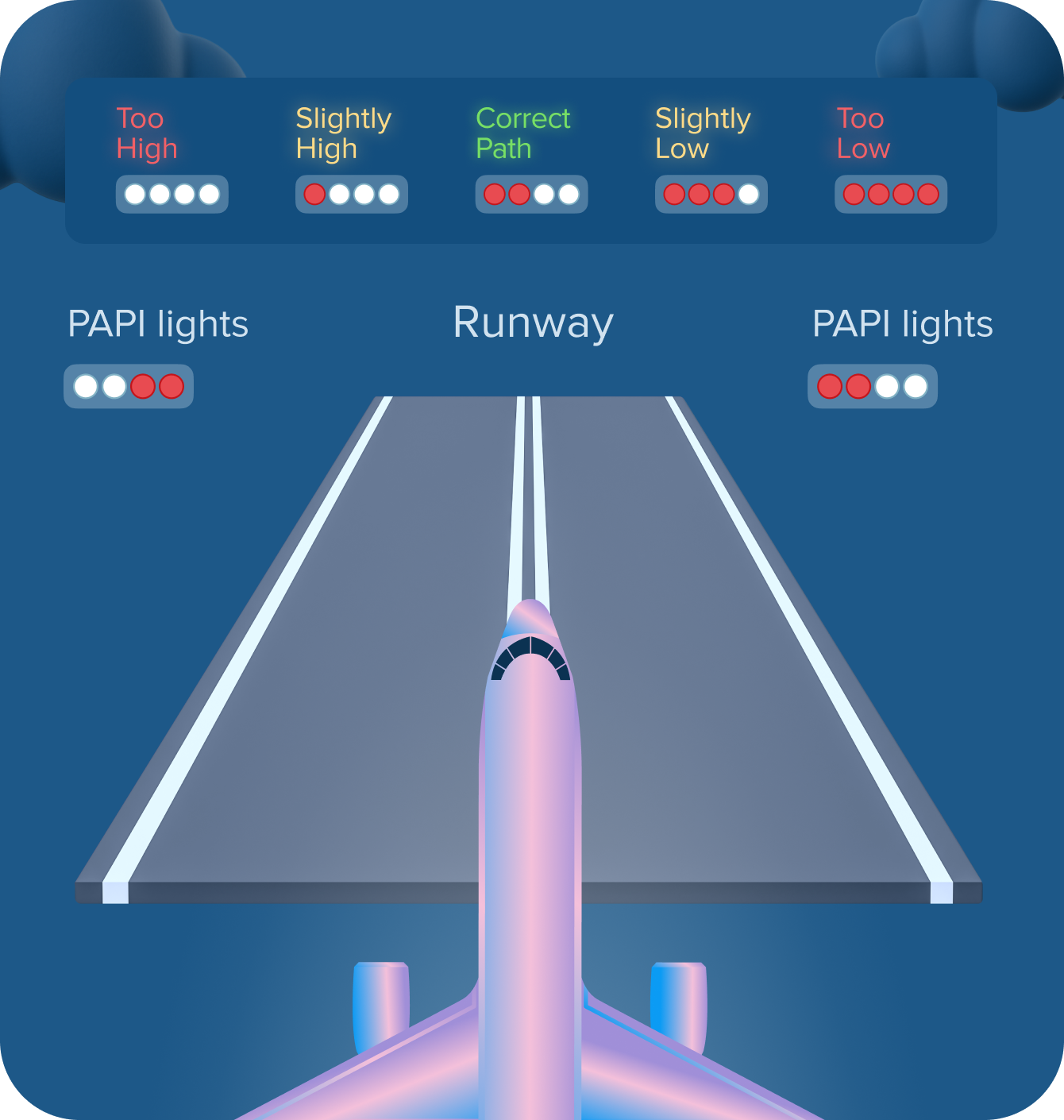
Reading PAPI
2 white + 2 red → On slope (normally 3°)
3 white + 1 red → Slightly high
4 white → Too high; go around if unstable
3 red + 1 white → Slightly low
4 red → Too low; unsafe, go around
Note: Glide slopes are usually 3°, but non-standard slopes are published in the AIP and on approach charts.
Question 6: Standard Phraseology
Question ID AIR-254125: Which phrase shall be used if you want to say “I understand your message and will comply with it”?
Wilco.
OK, will do it.
Roger.
Will comply with your instruction.
Correct Answer: Wilco.

Explanation: The correct phrase is “Wilco” (short for Will Comply).
Wilco → I have understood and will comply with the message.
Roger → I have received and understood the message, but does not imply compliance.
Important: “Wilco” must not be used if the message requires a mandatory readback (altitudes, QNH, squawk codes, etc.). In such cases, always read back the instruction in full.
Learn to communicate like a pro. Our blog, From Alpha to Zulu: Understanding Pilot Language, explains the phonetic alphabet and essential phraseology used in the cockpit.
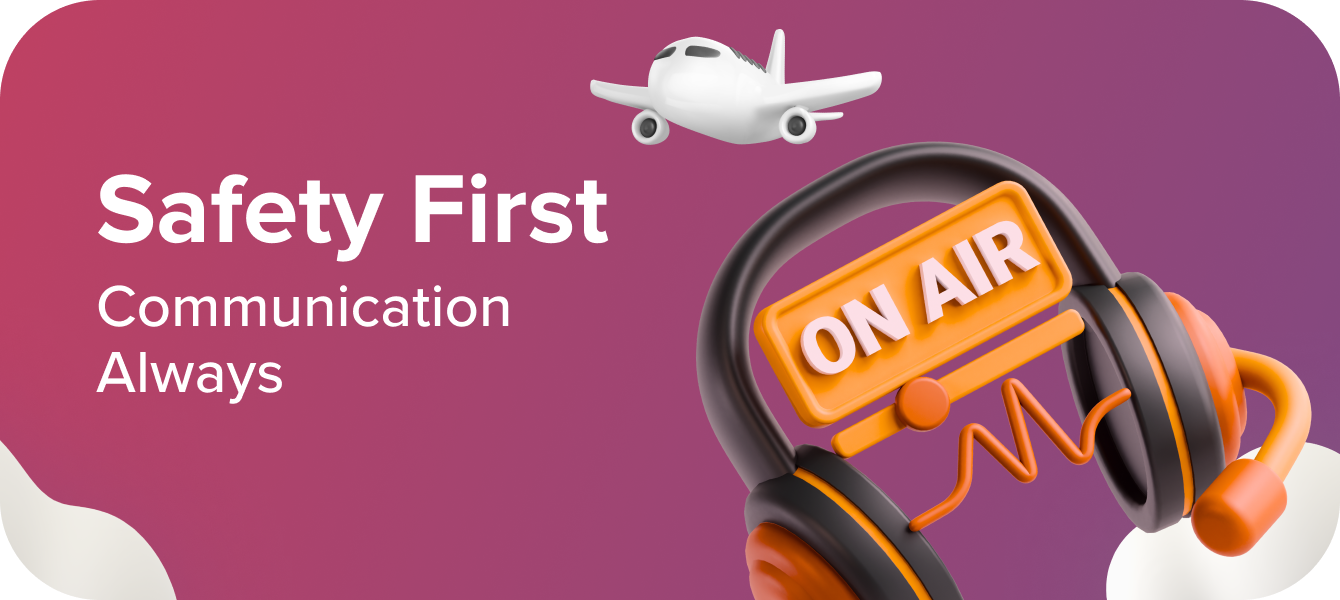
Airhead Takeaway
Communications may seem straightforward, but the details matter — both in exams and in real-world flying. From urgency messages and call signs to frequencies, time standards, and visual aids, each question reinforces how essential standardised communication is in aviation.
Practise Communications questions with Airhead ATPL Question Bank.
Stay tuned — walkthroughs like this are published regularly on the Airhead blog and channel, covering the most recent and challenging ATPL exam questions across all subjects.

